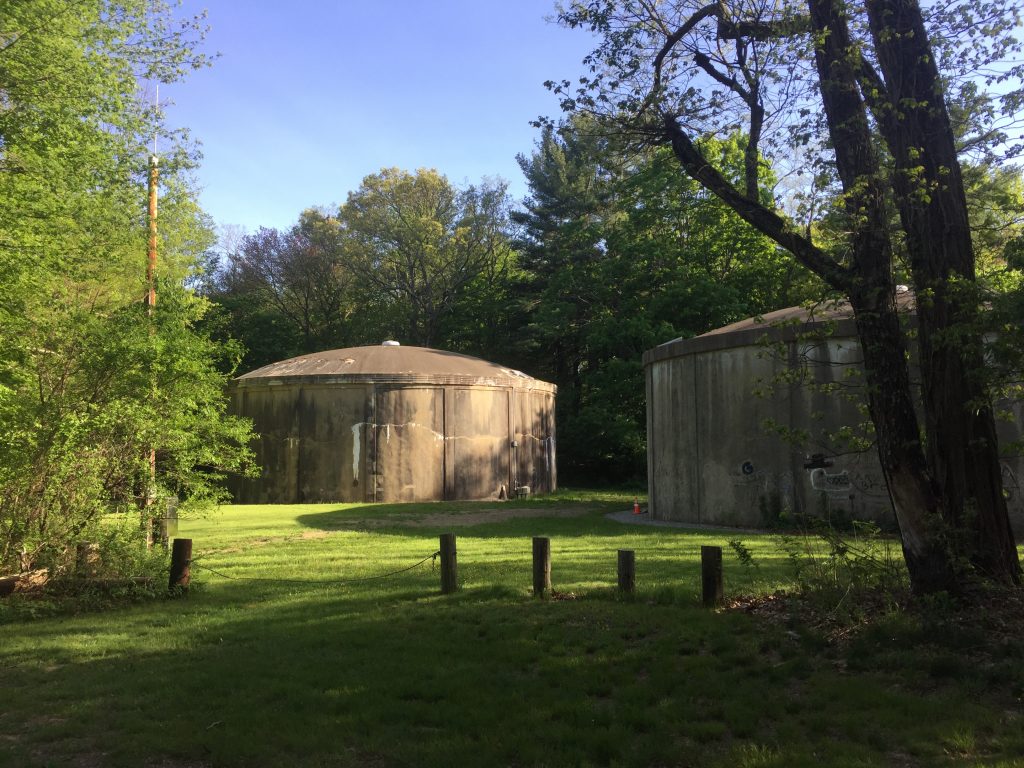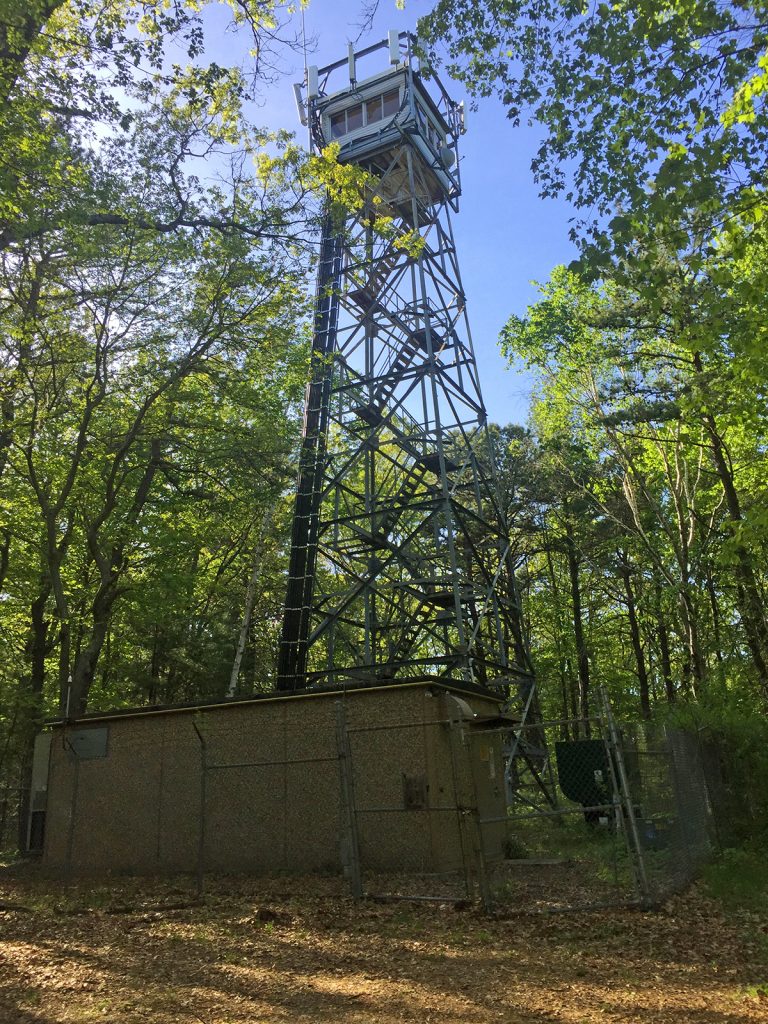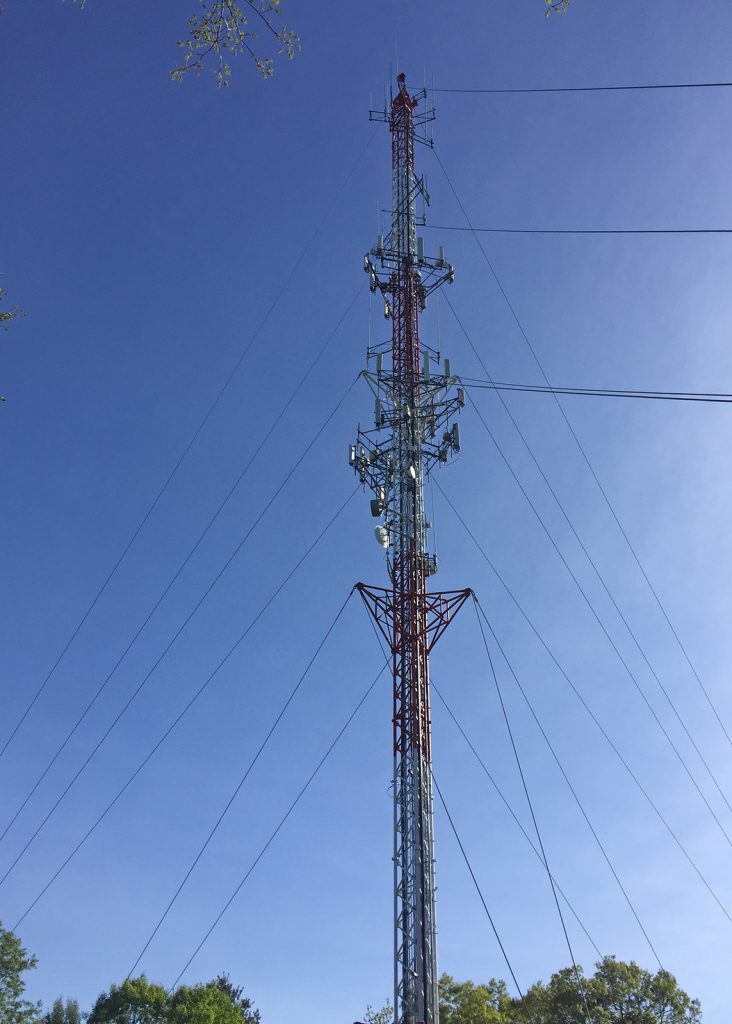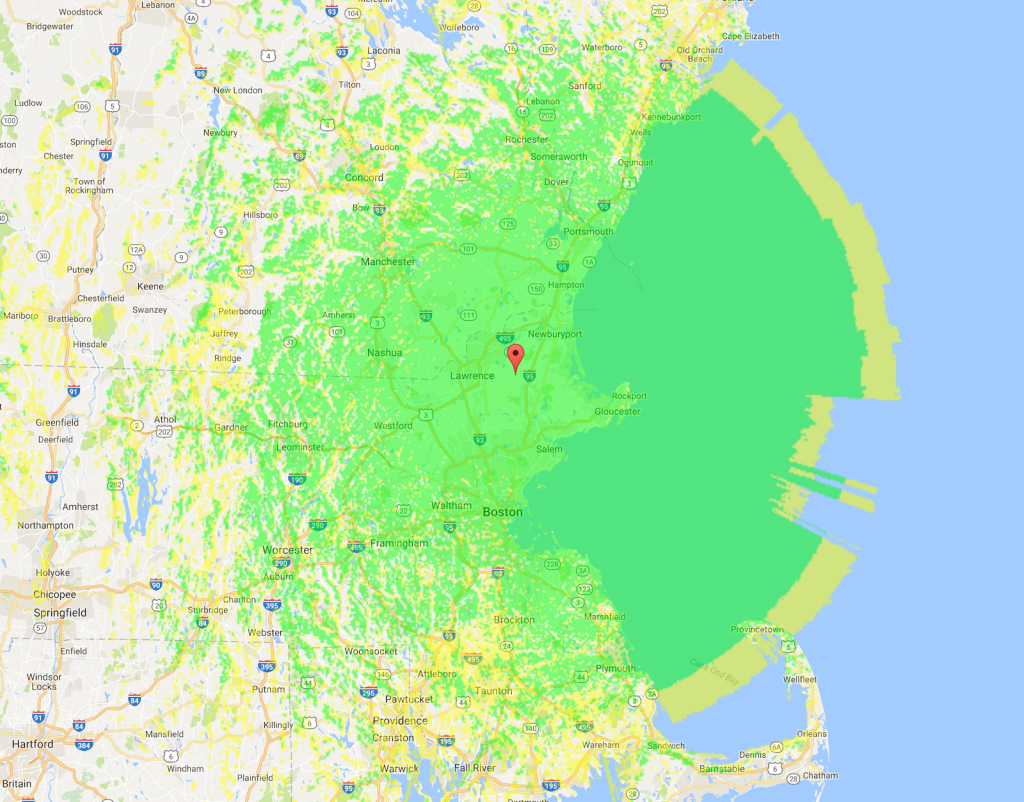Someone on the repeater-builder mailing list mentioned that they were looking to get rid of a bunch of manuals for old radio equipment by WR Communications, Ltd., a defunct two-way radio company from Canada. (See their Industry Canada listing here.)
For some reason, despite having not previously heard of the company, I couldn’t bear to see a bunch of documentation get thrown away, so I arranged to have them shipped to me. I’m planning on scanning all of them in and OCR’ing them. Even with a fast scanner with a document feeder, it’s going to take a bit.
I’m currently in possession of the following manuals. The last number is seemingly a document number they used for some purpose.
- 9T90B10 UHF Transmitter (72)
- RTL-54 Trunk Adapter (21)
- 3R90B VHF Rx Instruction Manual (60)
- 9R90B UHF Receiver (71)
- RTA-54 CTCSS Encoder/Decoder (18)
- 3R93B VHF Receiver (77)
- WR Type Number Designation Scheme (Rackmount 90 Series) (79)
- 3T93A6 UHF Transmitter (75)
- 9R93A UHF Receiver (76)
- RCP-54 DC Power Control, Sub-Assembly No. 14.1284 (80)
- DTMF Decoder Latch Board (81)
- M-90 Test Set Schematic Diagram (12)
- Photos (39)
- RIA-54 Intercom Adapter (16)
- RLA-54A DC Line Adapter (17)
- 9T90B4 UHF Tx Instruction Manual (61)
- 9T90B4 UHF Tx Instruction Manual (58)
- 3T90B4 VHF Tx Instruction Manual (59)
- WR-194-70W Power Amplifier Section Schematic (27)
- Repeater Control RCL-54B Sub-Assembly No. 14.0571 (?)
- 3T90B-15 VHF Transmitter (70)
- Rack Mount Station Power Supply Schematic Diagram (9)
- 95 Rack Mount PA Power Supply Schematic Diagram (13)
- TR-100 VHF Antenna Switch Schematic Diagram (22)
- TT-4 and TT-4A Time Out Timer Lockout (23)
- WR-194 Receiver Module (24)
- WR-194 Transmitter Module (25)
- WR-194-4W Transmitter Module (26)
- 9T95A50 Power Amplifier Section Schematic Diagram (55)
- Rack Mount Station TX Module WR-454 (44)
- A folder with miscellaneous DTMF latch decoder schematics and info
- Unlabeled folder for 9R90A-0 Receiver Module
- WR-494 Transmitter Module (36)
- A bound manual containing:
- 9T90B4 UHF Transmitter Instruction Manual
- 9R90C UHF Receiver Assembly No. I2.0283 (12.0283 ?)
- Repeater Control RCL-54B Sub-Assembly No. 14.0571
- CTCSS Encoder-Decoder RTA-54B Sub-Assembly No. 14.0581
- CTCSS Tone Control RTC-54B Sub-Assembly No. 14.0601







